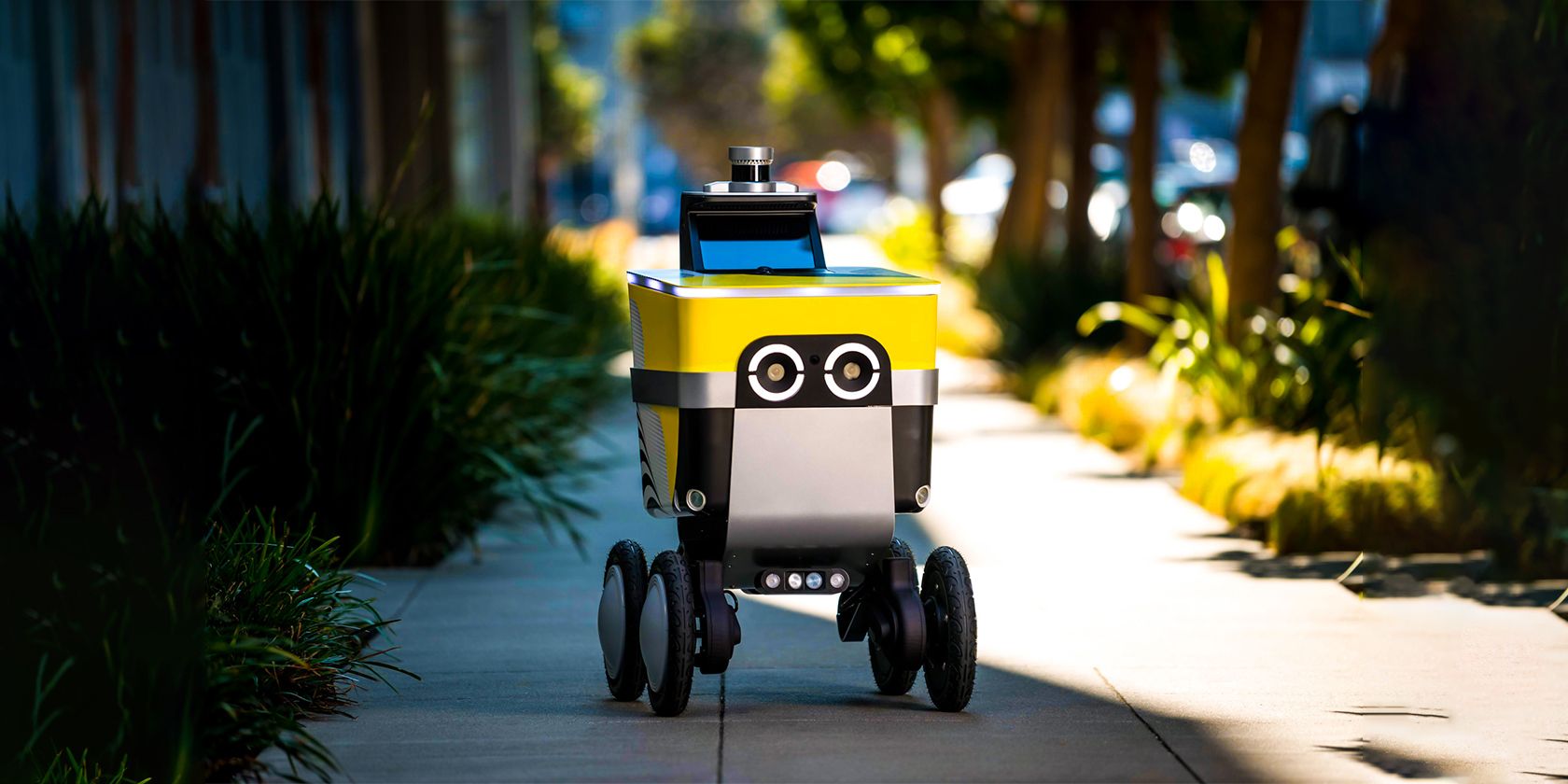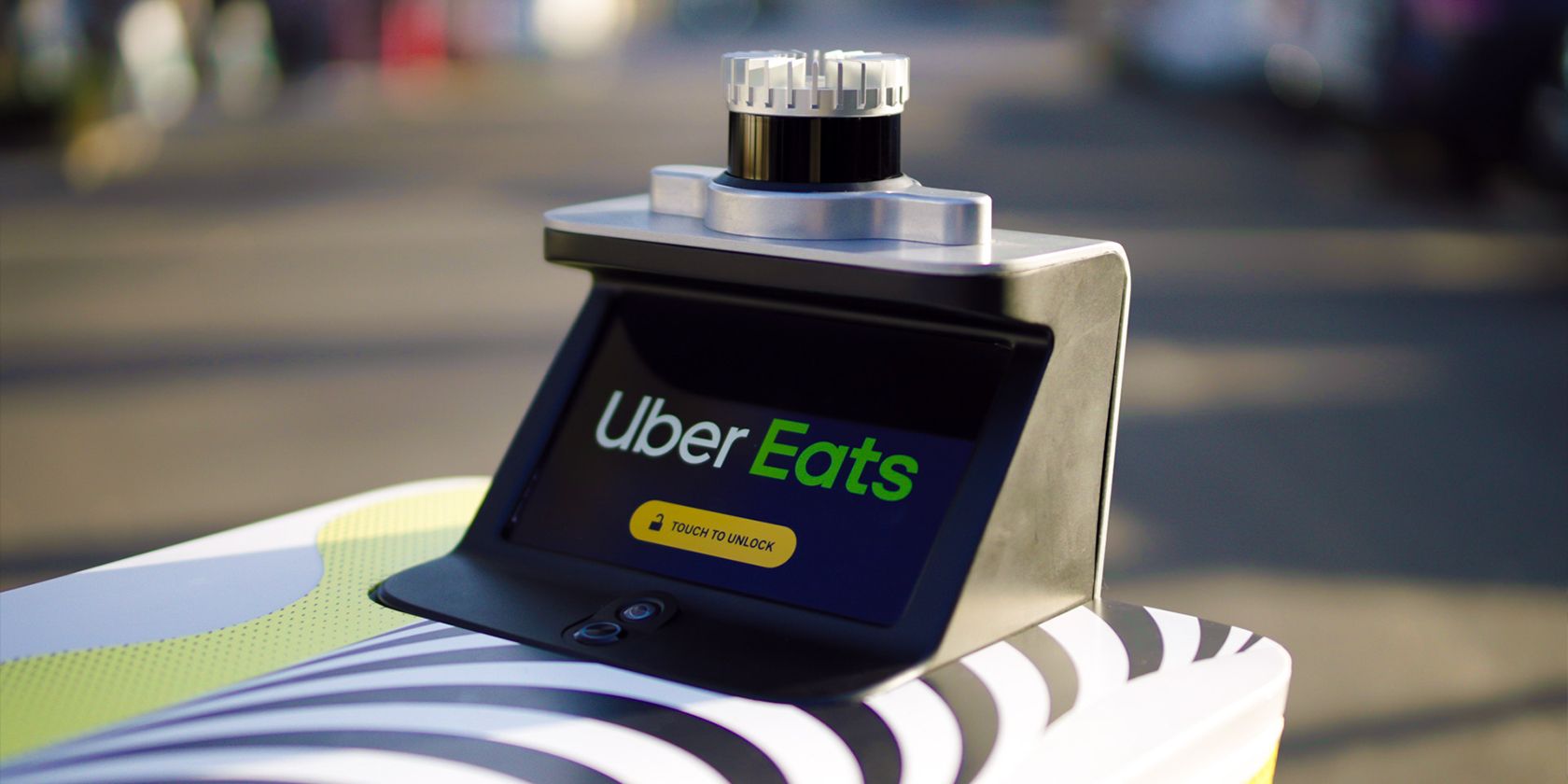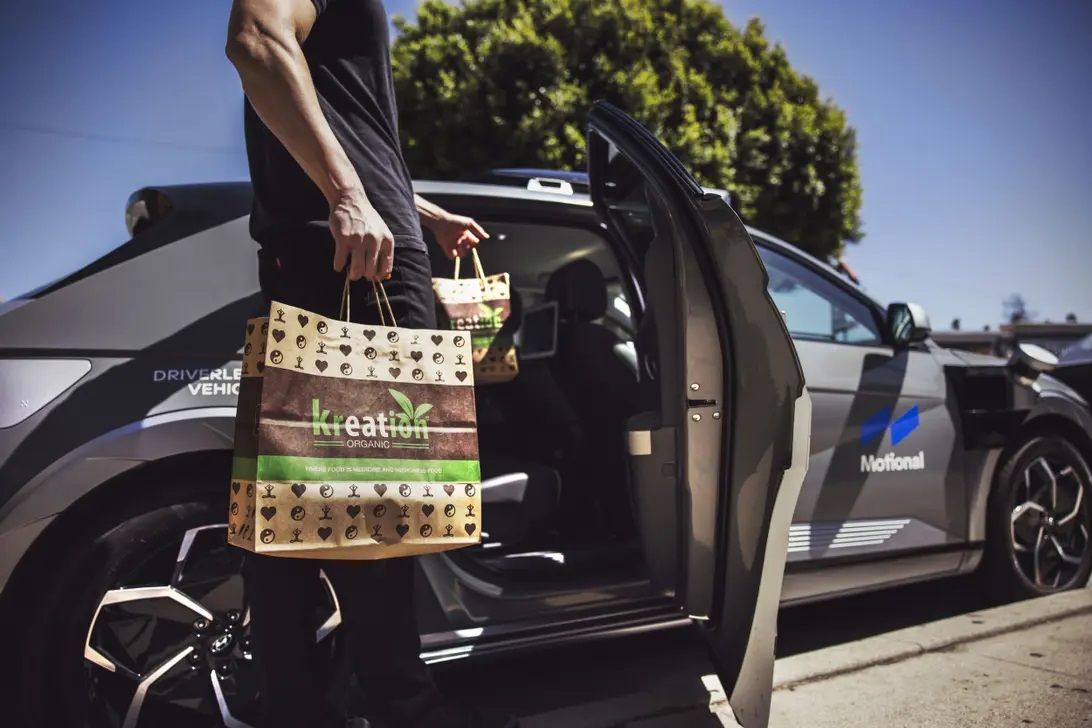In the recent Go/Get 2022 event, Uber said they’ll offer several new services, including autonomous deliveries for Uber Eats. This new development will allow customers to have food delivered via driverless vehicles or autonomous robots.
So, how will this system work, and how can you use it? Let’s investigate.
Get Your Uber Eats Order Delivered By Robot
If you’re in Los Angeles, there’s a chance that your Uber Eats order will be delivered autonomously. This service is available in West Hollywood, where Serve Robotics uses small, self-driving robots with level 4 autonomy to deliver food on the sidewalk. You can also use driverless deliveries in Santa Monica, where Uber has partnered with Motional’s autonomous cars to handle long-range orders.
How to Get Your Order Delivered by Autonomous Vehicles
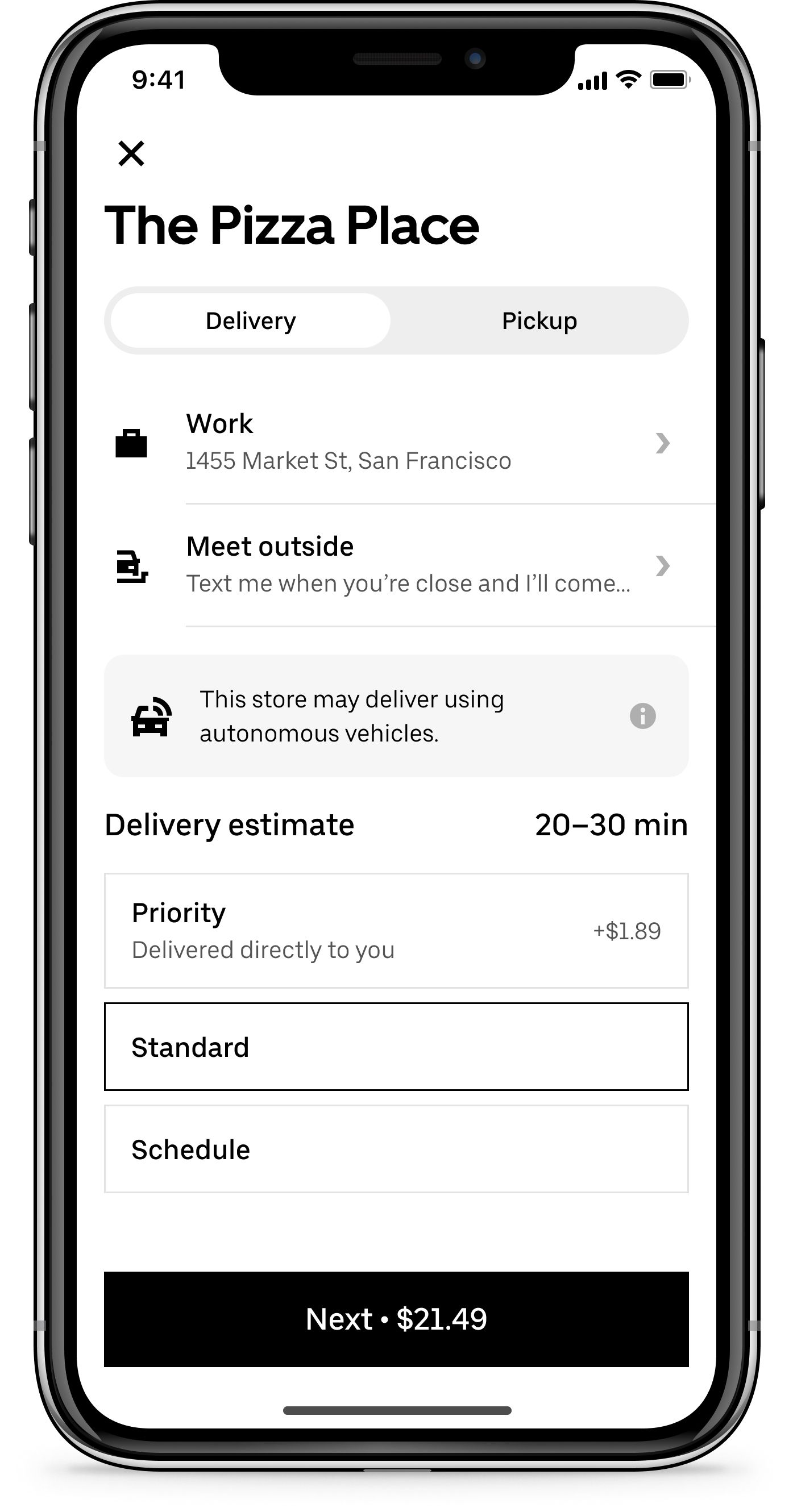
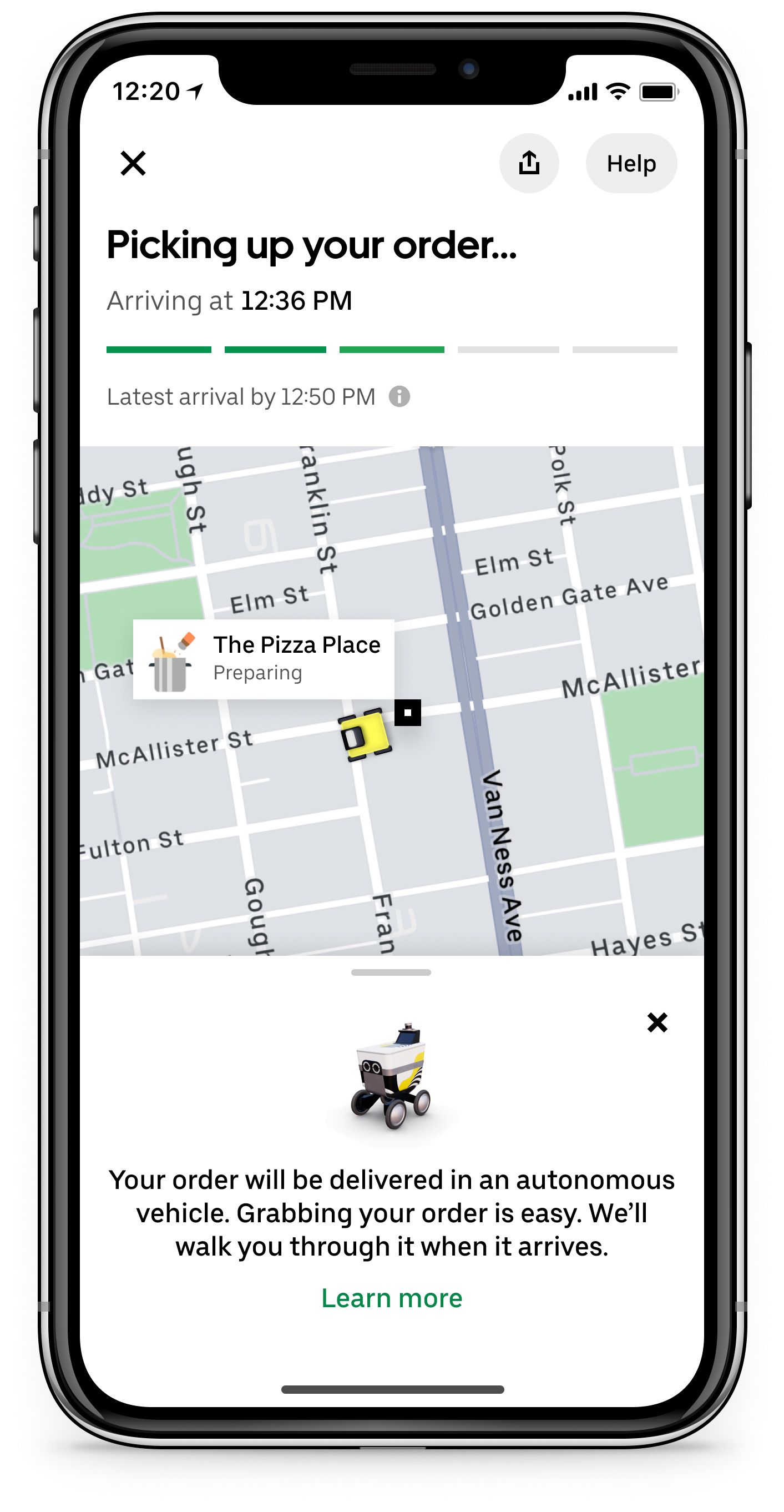
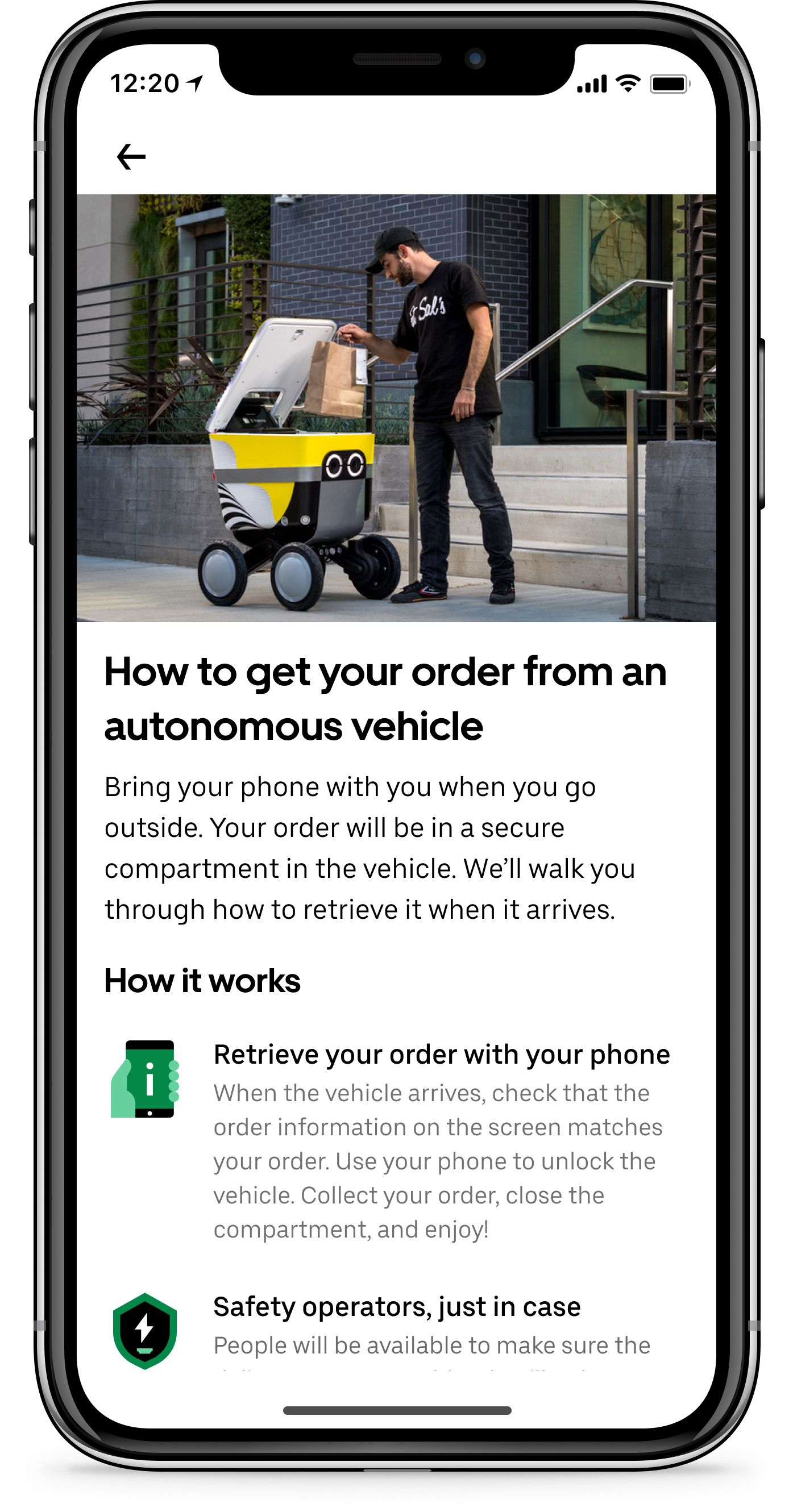
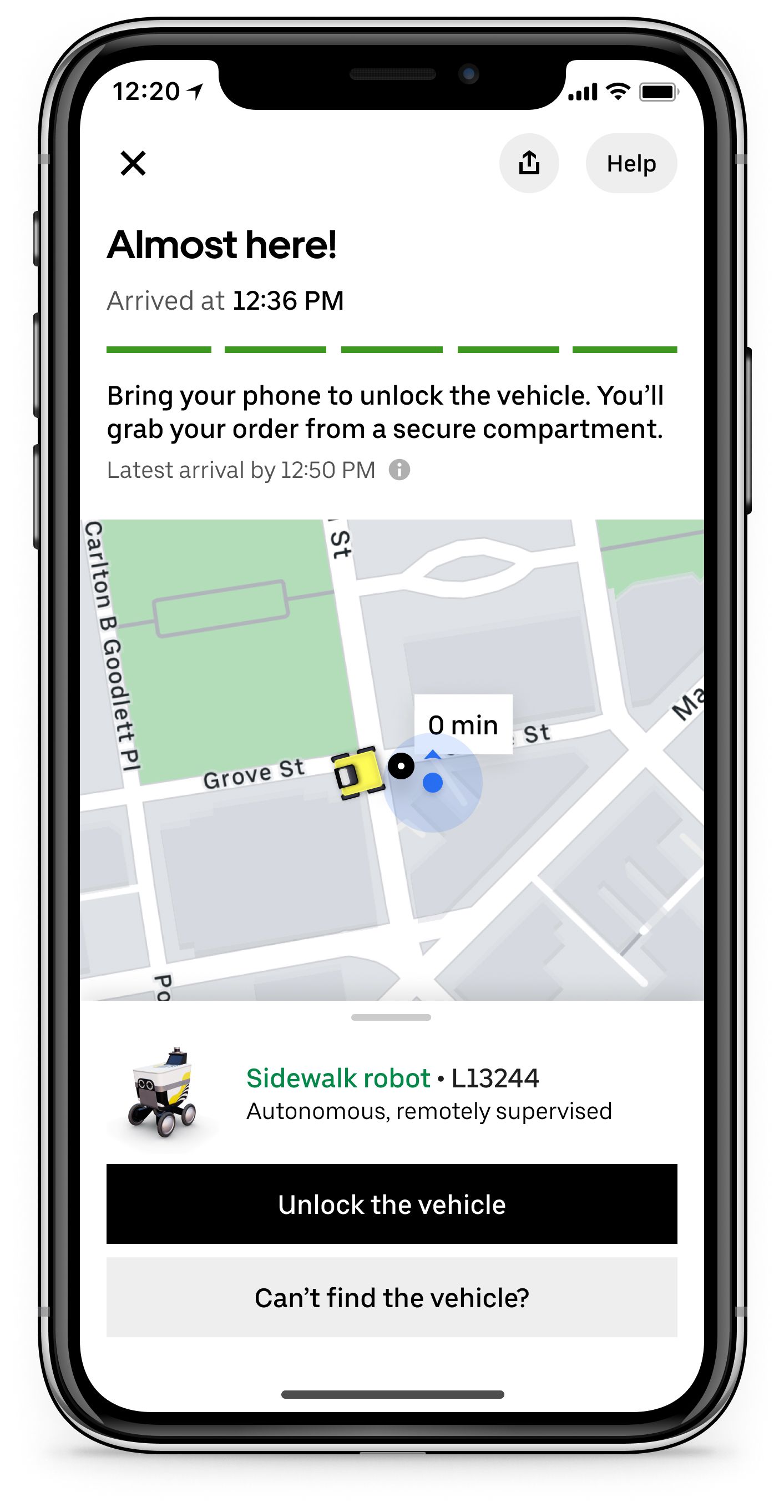
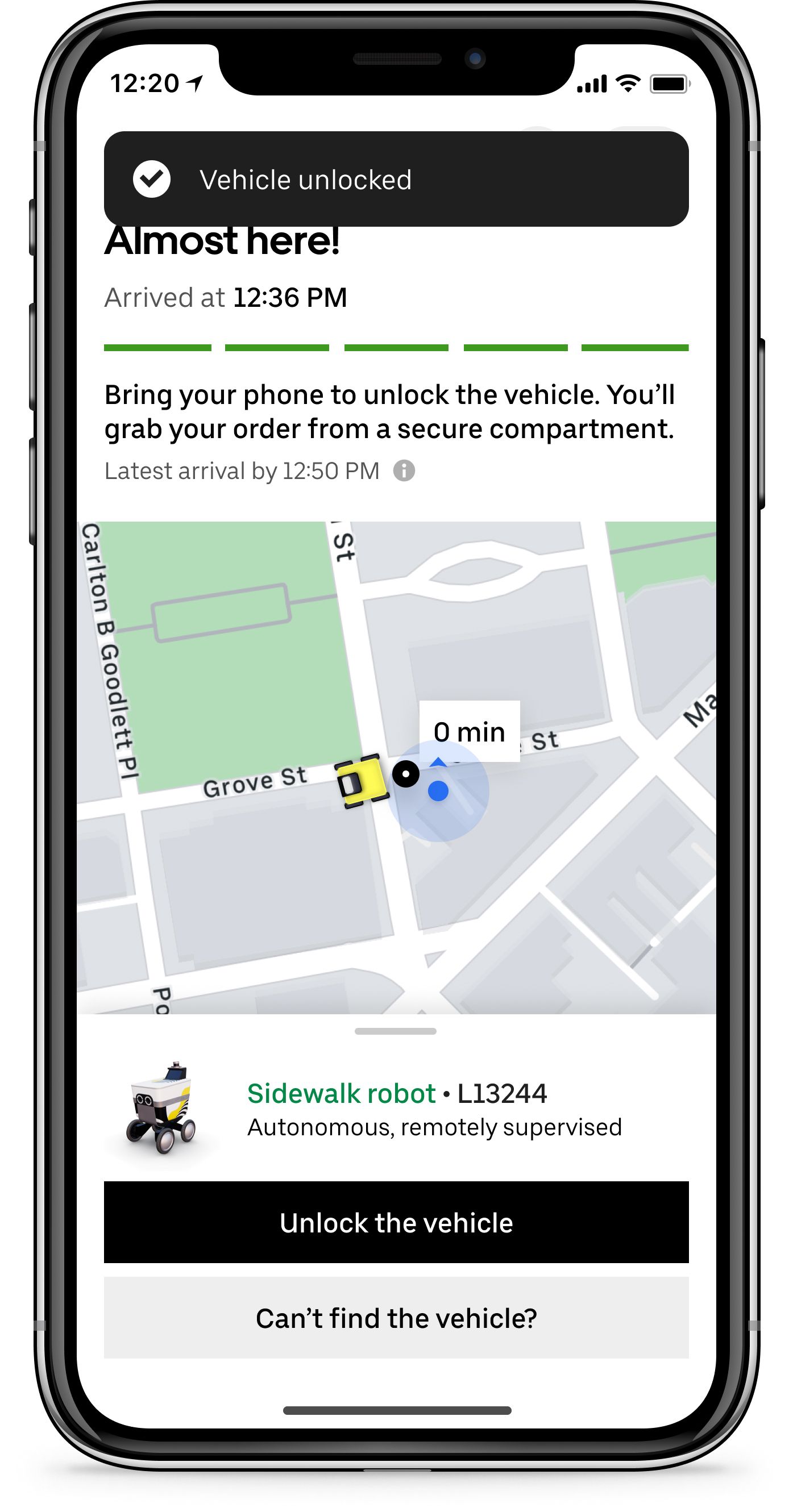
If you’re in the two areas served by driverless delivery, you can order your food via Uber Eats as usual. At check out, you’ll be notified that the store may deliver your order via autonomous vehicle.
Once confirmed, you can track your order on the Uber Eats app. A pop-up will appear, saying your delivery will arrive via autonomous vehicle. You can then tap on Learn More to see further instructions.
When your delivery is close by, you’ll get a notification on your phone to meet your Sidewalk robot or Driverless car outside. You should also bring your phone as you’ll need the passcode to unlock the vehicle.
When you’re at your food pickup, tap on Unlock the vehicle. You’ll get a four-digit pin on your phone, which you’ll need to unlock the delivery vehicle. Once you’ve input the code, you’ll get a Vehicle unlocked prompt on your phone. From there, open the door or lift the cover to get your meal.
How Automation Will Impact the Food Delivery Business
As driverless technology improves, many companies want to employ it in their services. These autonomous delivery robots help ensure that customers get their food in the quickest, most efficient manner. And since there won’t be a delivery driver, the customer will save on driver and tip costs, thus making food more affordable.
Furthermore, Serve Robotics’ small autonomous robots are more cost-efficient and environmentally friendly than cars, especially for short-range deliveries. As its website proudly proclaims, “Why move a 2-pound burrito in a 2-ton car?”
By cutting down the number of delivery vehicles on the streets, Uber Eats hits two birds with one stone: reduce the carbon footprint of the food delivery industry and lessen vehicle congestion in dense cities.
And in case you have a large order or your food is coming from afar, Uber Eats can use Motional vehicles to accommodate your delivery. While it still uses a full-size vehicle, it’s an electric vehicle, thus reducing its dependence on fossil fuels.
Furthermore, Uber Eats is not alone in testing autonomous deliveries. In 2021, Grubhub started offering this service in select colleges and universities, and DoorDash has been experimenting with the technology in San Francisco since 2019.
The Future of Food Delivery
Developments in autonomous food delivery technology will go a long way in improving consumers’ lives. The whole eCommerce industry can apply any development in this sector to almost all last-mile delivery services. From food and groceries to medicine, retail, and beyond, autonomous delivery robots will allow stores to send their products safely and quickly direct to consumers.
With that, you can expect to lower the number of large delivery vehicles on the road, thus reducing congestion in cities and other urban areas. Simultaneously, small and smart robots will make individual delivery more efficient, so consumers can expect their order to be delivered as soon as the store receives it. This makes near-instant shipping possible, ensuring that your online order will arrive in a few hours or minutes instead of a few days.

